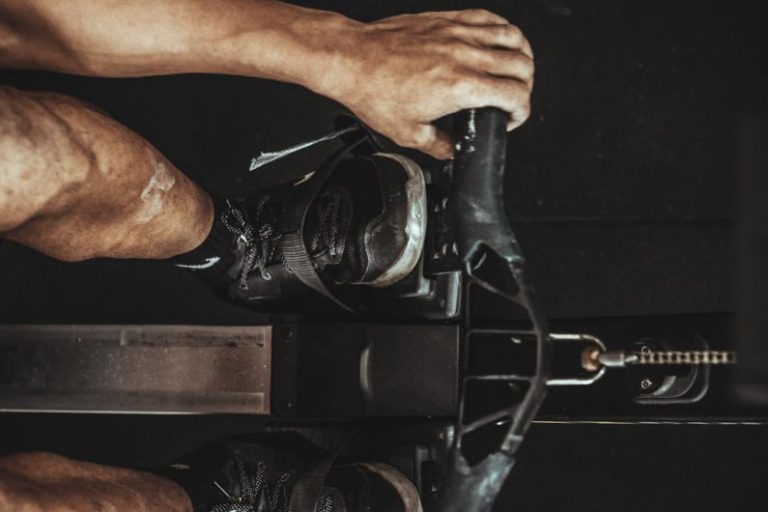
Rowing is an excellent full-body workout that engages various muscle groups, including the back. However, improper rowing technique or weak back muscles can lead to injuries that may hinder your progress and cause discomfort. Strengthening your back is crucial to avoid rowing injuries and enhance your performance on the water or in the gym. By incorporating targeted exercises and practices into your fitness routine, you can build a strong and resilient back that supports your rowing endeavors.
Understanding the Importance of Back Strength
A strong back is essential for rowers as it plays a significant role in maintaining proper posture, generating power, and preventing injuries. The back muscles, including the latissimus dorsi, rhomboids, and erector spinae, are heavily engaged during rowing movements. Without adequate strength in these muscles, rowers are more susceptible to strains, sprains, and other injuries that can sideline their training.
Targeted Exercises for Back Strength
1. Deadlifts: Deadlifts are a compound exercise that targets multiple muscle groups, including the back, glutes, and hamstrings. Proper form is critical when performing deadlifts to prevent injury and maximize the benefits for your back muscles.
2. Bent-Over Rows: Bent-over rows are an effective exercise for targeting the upper back muscles, particularly the rhomboids and trapezius. Focus on keeping your back straight and pulling the weight towards your lower chest to engage the muscles effectively.
3. Lat Pulldowns: Lat pulldowns are a great isolation exercise for the latissimus dorsi, which are crucial for rowing movements. Adjust the weight and grip width to target different areas of the back and ensure proper muscle engagement.
4. Reverse Flyes: Reverse flyes target the rear deltoids and upper back muscles, helping to improve posture and shoulder stability. Perform this exercise with light dumbbells and focus on squeezing your shoulder blades together at the top of the movement.
Incorporating Mobility and Flexibility Work
In addition to strength training, mobility and flexibility work are essential for maintaining a healthy back and preventing injuries. Tight muscles and limited range of motion can contribute to poor posture and increase the risk of strains and sprains during rowing. Incorporate the following practices into your routine to improve back mobility and flexibility:
– Foam Rolling: Foam rolling helps release tension in the muscles and improve blood flow, aiding in post-workout recovery and reducing the risk of injury.
– Stretching: Perform dynamic and static stretches for the back, shoulders, and chest to improve flexibility and range of motion. Focus on holding each stretch for 15-30 seconds and avoid bouncing to prevent muscle strain.
– Yoga or Pilates: Practicing yoga or Pilates can help improve core strength, posture, and overall body awareness, which are beneficial for rowers. These disciplines also emphasize proper breathing techniques, which can enhance your rowing performance.
Maintaining Proper Rowing Technique
Proper rowing technique is key to preventing injuries and maximizing the effectiveness of your workouts. Focus on the following aspects to ensure you are rowing with proper form:
– Posture: Maintain a straight back and neutral spine throughout the rowing motion. Avoid slouching or arching your back, as this can lead to strain and discomfort.
– Drive Phase: Engage your legs, core, and back muscles during the drive phase to generate power efficiently. Push through your heels and pull the handle towards your lower chest, keeping your elbows close to your body.
– Recovery Phase: Relax your shoulders and engage your core during the recovery phase. Allow your arms to extend fully while maintaining a slight lean back to prepare for the next stroke.
By incorporating these tips and practices into your training regimen, you can strengthen your back, improve your rowing performance, and reduce the risk of injuries. Remember to listen to your body, progress gradually, and seek guidance from a fitness professional if needed. With a strong and resilient back, you can row with confidence and enjoy the many benefits of this challenging yet rewarding workout.





